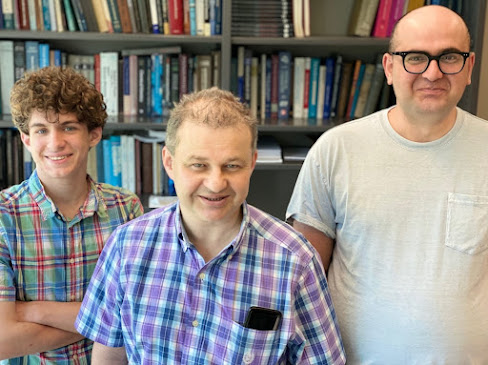These recordings, made in the tenths of seconds after the animals saw a cue on a screen, expose the complex dynamics involved in making sense of what the eyes see. In an unprecedented combination of breadth and detail, the results describe the behavior of more than 21,000 total neurons in six mice over five days, Howard Hughes Medical Institute Investigator Mark Schnitzer’s team reports in the journal Nature on May 18, 2022.
His team is the first to get a glimpse of individual cells’ activity occurring at the same time throughout eight parts of the brain involved in vision. “People have studied these brain areas before, but prior imaging studies did not have cellular resolution across the entire visual cortex,” says Schnitzer, a neuroscientist at Stanford University.
The work highlights the dramatic sequence of events that unfolds in the brain from the instant it receives messages from the eyes until it decides how to respond to that sight. The researchers’ far-reaching but fine-grained imaging approach made it possible for them to collect an “incredible” set of data, says Tatiana Engel, a computational neuroscientist at Cold Spring Harbor Laboratory who was not involved in the study.
















.jpg)
